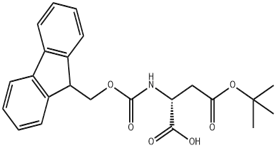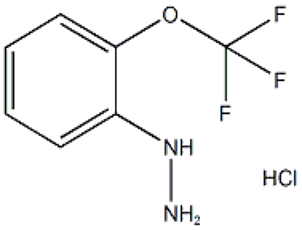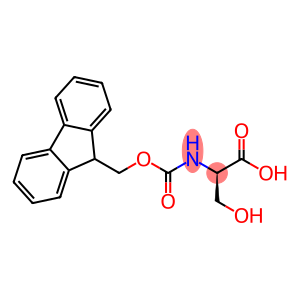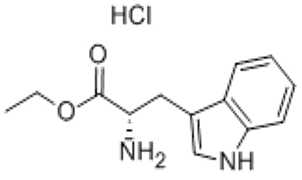Lithium Bis(fluorosulfonyl)imide(CAS# 171611-11-3)
Risk and Safety
| UN IDs | 1759 |
| Hazard Class | 8 |
| Packing Group | II |
Lithium Bis(fluorosulfonyl)imide(CAS# 171611-11-3) Introduction
Lithium bis(fluorosulfonyl)imide (LiFSI) is an ionic liquid electrolyte commonly used in lithium-ion batteries as part of the electrolyte solution. It has high ion conductivity, stability, and low volatility, which can improve the cycling life and safety performance of lithium batteries.
Properties: Lithium bis(fluorosulfonyl)imide (LiFSI) is an ionic liquid with high ion conductivity, stability, high electronic conductivity, and low volatility. It is a colorless to pale yellow liquid at room temperature, soluble in organic solvents such as diethyl ether, acetone, and acetonitrile. It has excellent lithium salt solubility and ion transport properties.
Uses: Lithium bis(fluorosulfonyl)imide (LiFSI) is commonly used as part of the electrolyte solution in lithium-ion batteries. It can improve the cycling life, power performance, and safety of lithium batteries, making it suitable for high-energy density and high-power density lithium-ion batteries.
Synthesis: The preparation of Lithium bis(fluorosulfonyl)imide (LiFSI) usually involves chemical synthesis methods, including reacting benzyl fluorosulfonic acid anhydride and lithium imide. It is important to control reaction conditions to obtain a high-purity product.
Safety: Lithium bis(fluorosulfonyl)imide (LiFSI) is a chemical substance that should be handled with care to avoid skin and eye contact, as well as inhalation of vapors. Proper safety measures should be taken during handling and storage, such as wearing protective gloves, goggles, and ensuring adequate ventilation. Adherence to safety protocols, such as proper container labeling and avoiding mixing operations, is necessary to ensure the safe use of this chemical.








